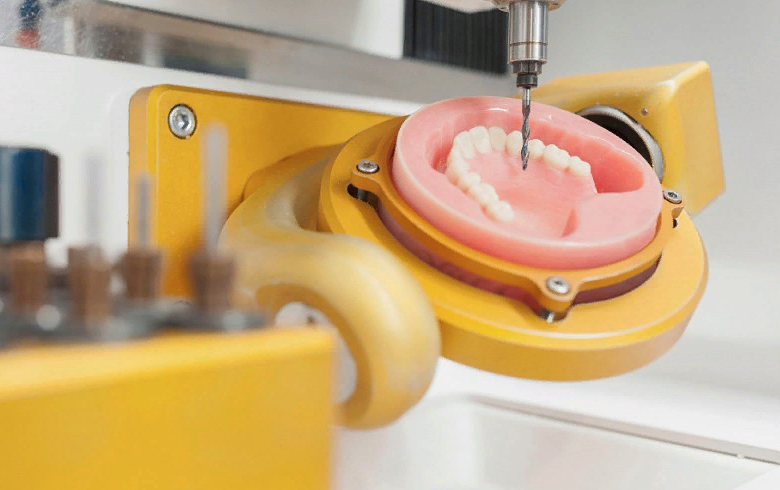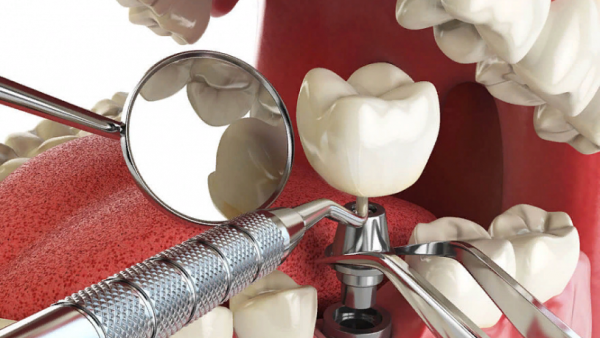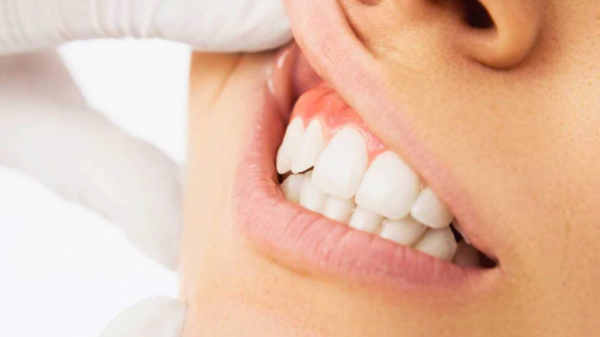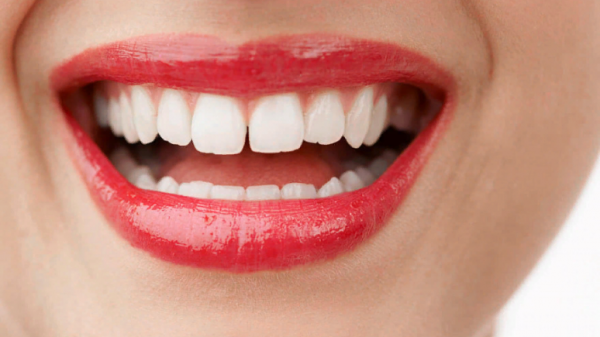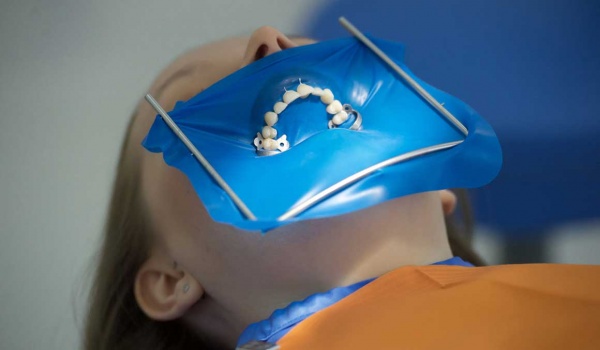Manufacturing of dental prostheses by milling
Today, CAD\CAM technologies are often used for the manufacture of modern dentures. Having started a few years ago in the industry, they are successfully used in dentistry today. Their essence lies in computer design and subsequent manufacture of prostheses in automatic mode. The technology makes it possible to produce a prosthetic bed of an individual shape.
There are two methods for making prostheses using computers:
- Subtraction method (everything unnecessary is removed from the block of material);
- Addition method (the prosthesis is built in layers).
We list the main advantages of milling CAD/CAM systems:
- Maximum accuracy (marginal fit - up to 20-30 microns);
- Possibility of using innovative materials;
- High production speed;
- Compact dimensions of the equipment.
The milling method can be used to make models of individual dentitions and the whole jaw if it is preceded by an intraoral scan or an impression scan. The same technology is successfully used for the manufacture of navigation templates.
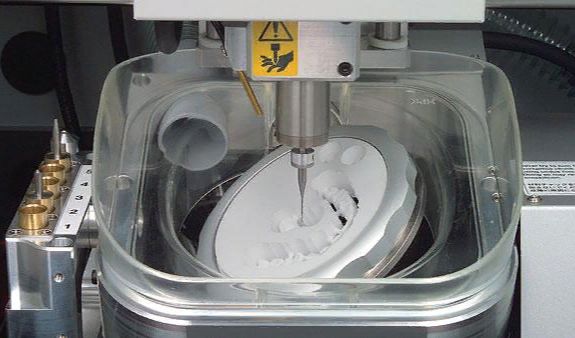
Milling strategy
The number of degrees of freedom in the processing of workpieces is a key characteristic of CAD/CAM milling machines. In dentistry, 3, 4, 5-axis machines are used. Higher degrees of freedom indicate that the machine can produce more complex parts. The accuracy and efficiency of milling is determined by such characteristics as the offset step of the workpiece and cutter, the number of workpieces for processing in automatic mode, the nature of their retention. Milling accuracy is higher, the smaller the offset step. The most modern machines have a displacement step of 0.5 µm.
Holding workpieces is carried out in different ways. In view of the large dimensions of the parts, it can be assumed that holding the workpiece on only one side can lead to large milling errors on the side that is farthest from the fixation point. To reduce the error, it is necessary to fix the workpiece around the entire perimeter.
Most milling machines allow manual replacement of blanks. To increase productivity, some machines allow you to install two workpieces at once. And there are so-called mini-factories, which almost completely eliminate human intervention, automatically changing tools and workpieces.
To improve accuracy and save time, the cutter should move in a closed curve. All the nuances in the strategy must be clearly agreed upon. This applies to the direction and speed of the cutter, the speed of rotation, the type and thickness of the material used.
The most important parameters of the milling modes (trajectory, diameter, speed, rotational speed) are calculated by a computer program. They largely depend on the type of material, as brittle materials are processed at high speeds, while ductile materials are processed at low speeds.
While rotating, the spindle, which holds the cutter, can additionally perform vertical oscillations of high frequency. This leads to reduced pressure on the workpiece, reduced cutter wear and allows the production of parts with thin walls with minimal risk of microcracks.
The workpiece undergoes rough and fine processing. For rough processing, a cutter with a larger diameter is taken with a wider step of movement. Fine finishing is carried out with a fine milling cutter with a small step. As a result, the total milling time is reduced and high precision of the products is achieved.
Be sure to select the cutter for the type of material being processed. For zircon - a diamond cutter, for metal - a carbide cutter, for wax - aluminum, and for plastic - a carbide cutter with a pattern that prevents plastic from sticking to the cutter.
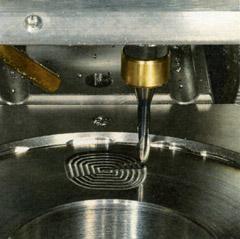
Each of these requirements must be taken into account in the software that controls the operation of the milling machine. Additionally, the program optimizes the distribution of parts in the workpiece volume.
When milling titanium, it is necessary to use liquids that will not allow the material to ignite. But this is not practical and leads to contamination of other blanks. Therefore, most systems are sharpened for dry milling (titanium is an exception).

